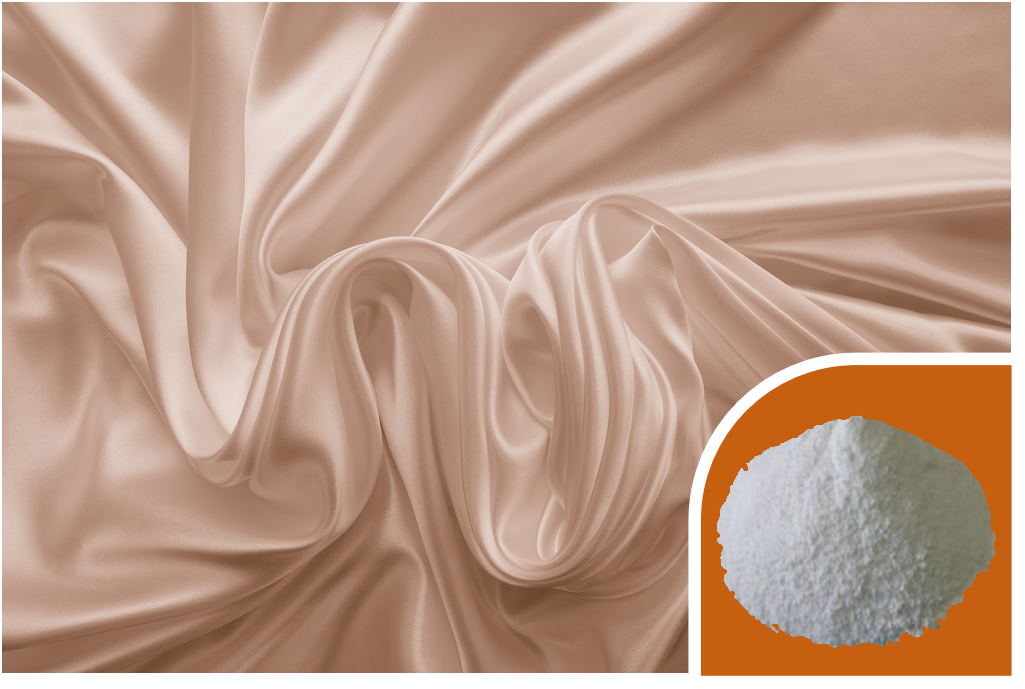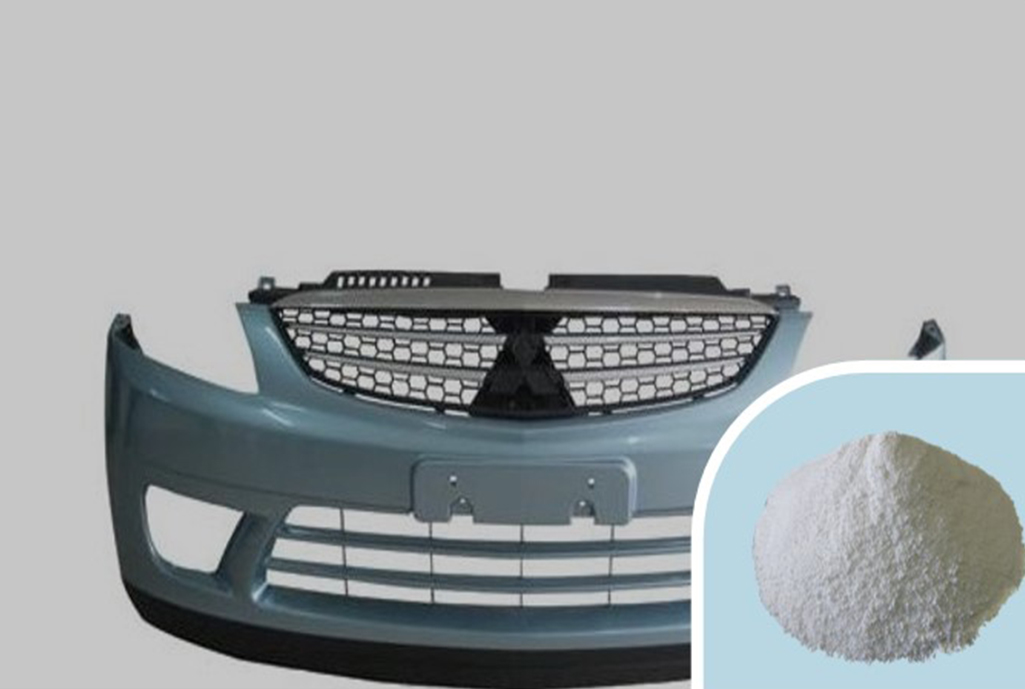NEWS
Home / News / Industry News / The Chemistry and Benefits of Ammonium Polyphosphate (APP) as a Flame Retardant
The Chemistry and Benefits of Ammonium Polyphosphate (APP) as a Flame Retardant
2025-02-05
1. Chemical Structure and Properties of APP
Ammonium polyphosphate is composed of polymerized ammonium phosphate units, which contain both phosphate and ammonium groups. The chemical structure of APP allows it to interact with polymers and other materials in ways that are essential for improving fire resistance. Under heat, the material undergoes a process called dehydration, releasing ammonia gas and water vapor. These gases cool down the surrounding area and dilute flammable gases, significantly reducing the fire’s intensity.
Additionally, APP forms a protective char layer on the material’s surface, which acts as an insulator and prevents further heat transfer. This process, known as intumescence, ensures that the material does not ignite and burn rapidly, thus increasing the material's fire resistance.
2. Thermal Stability and Flame Retardancy
One of the primary advantages of APP is its superior thermal stability. As a flame retardant, it can withstand high temperatures without breaking down or losing effectiveness, making it suitable for a wide range of materials that are subjected to extreme conditions. This feature is particularly important in applications such as construction materials, where fire resistance must be maintained over long periods.
The high thermal stability of APP ensures that treated materials maintain their flame-retardant properties even after prolonged exposure to heat, thus reducing the frequency of reapplication in certain industries.
3. Environmentally Friendly Alternative
With growing concerns about environmental sustainability and the toxicity of certain flame retardants, APP stands out as an environmentally friendly solution. Unlike halogenated flame retardants, which release harmful substances like dioxins and furans when exposed to fire, APP is non-toxic and does not contribute to air pollution. Its decomposition products, including ammonia and phosphoric acid, are significantly less harmful compared to other chemical flame retardants.
This makes APP an attractive choice for industries that are increasingly seeking eco-friendly materials, such as the automotive, electronics, and building sectors. Furthermore, the ability of APP to reduce fire hazards without negatively impacting the environment aligns with global trends toward sustainable and responsible manufacturing practices.
4. Compatibility with Various Materials
Ammonium polyphosphate’s versatility is another major benefit. It is compatible with a broad range of materials, including plastics, rubber, textiles, and coatings. When incorporated into these materials, APP enhances their fire resistance without significantly altering their physical properties, such as strength, flexibility, or appearance. This makes it an ideal choice for applications in which maintaining the original characteristics of the material is critical.
In particular, APP has found extensive use in the production of fire-resistant cables, insulation boards, and coatings for electronic and electrical components, where maintaining the integrity of the material is essential for both safety and functionality.

5. Cost-Effective Flame Retardant Solution
Another key advantage of APP is its cost-effectiveness. Compared to some other flame retardants, APP offers a more affordable solution while still providing excellent fire-resistant properties. This cost-benefit ratio makes it an attractive choice for manufacturers looking to enhance the safety of their products without significantly increasing production costs.
APP’s availability and ease of incorporation into various manufacturing processes also contribute to its affordability, making it accessible for large-scale industrial use.
6. Applications in Fireproof Coatings and Paints
APP is also used extensively in fireproof coatings and paints. These coatings are applied to a variety of substrates, including metal, wood, and concrete, to improve their fire resistance. In fireproof paints, APP serves as a key ingredient, providing an additional layer of protection against fire and ensuring that surfaces remain intact during exposure to flames.
For example, APP-based fireproof coatings are used in commercial and residential buildings, offering an added layer of fire protection to walls, ceilings, and structural components. This is particularly important in high-rise buildings and industrial facilities where fire safety is a top priority.
Related Products
contact details
Address:No. 166, Chenggong Road, Economic Development Zone, Jiashan County, Jiaxing City, Zhejiang Province
TEL: +86-0573-89103923 / +86 182 6841 1181
E-mail: ft1-sales@xusen.com
Quick link
Product
News Center



















